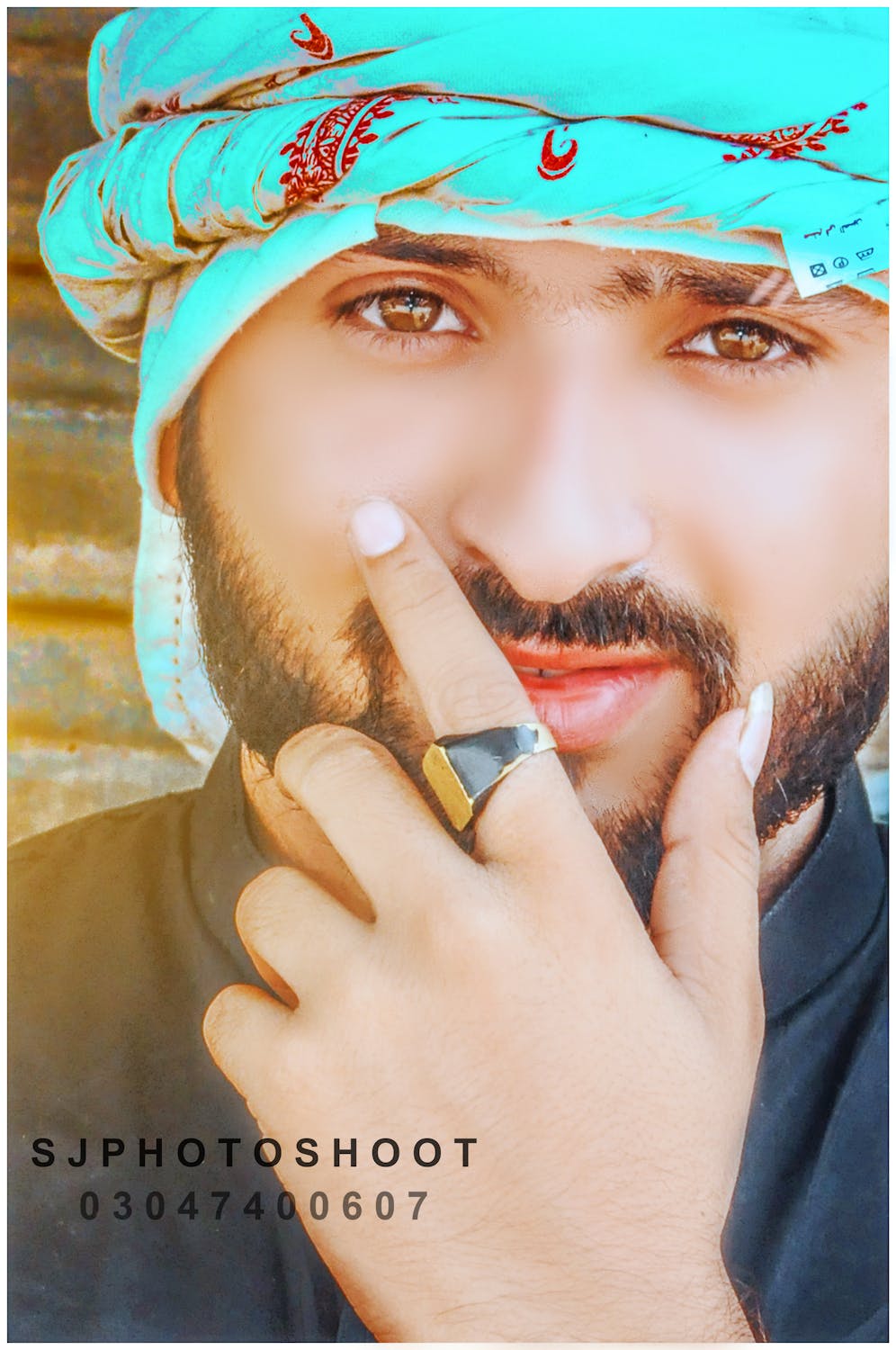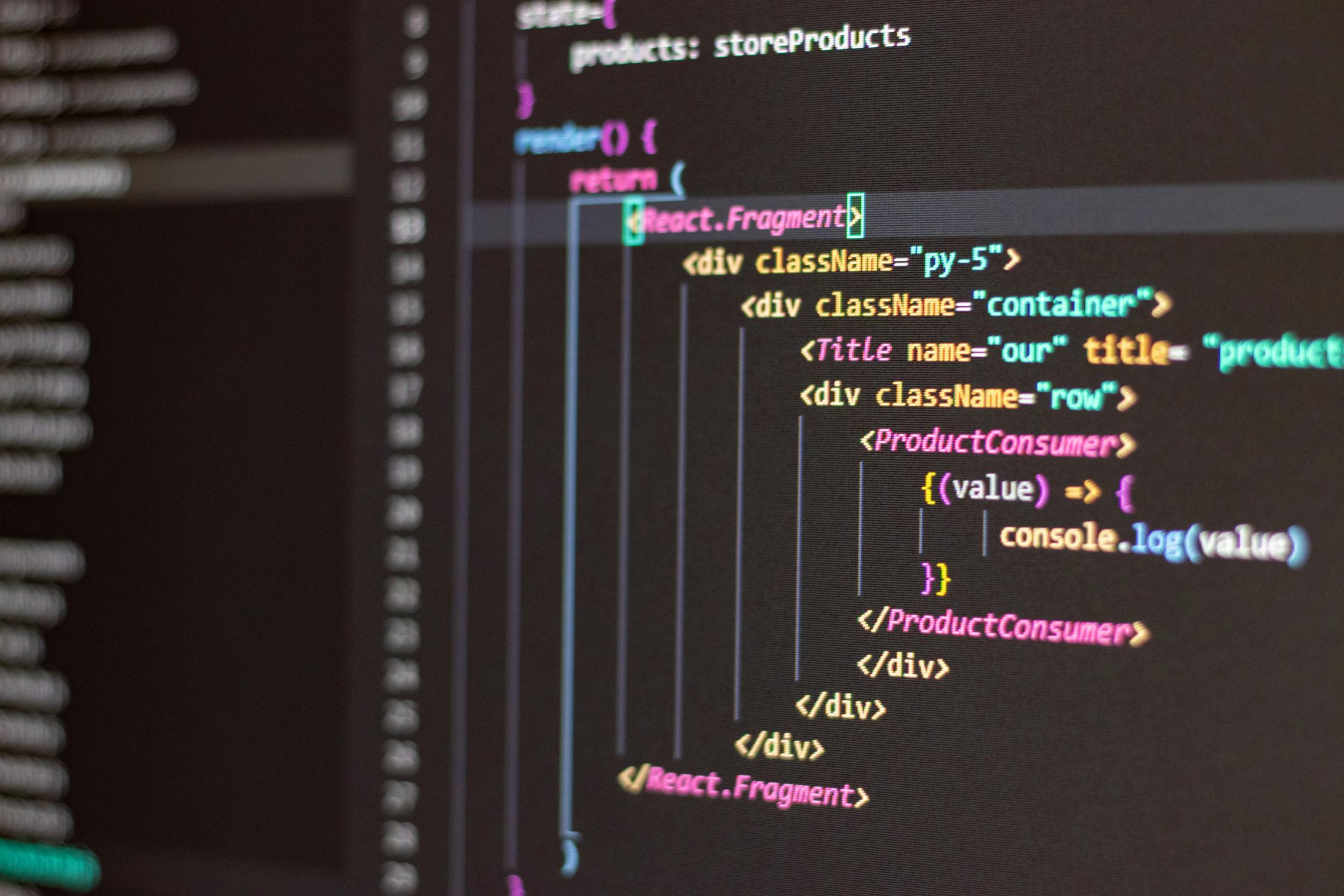Exploring New Horizons: Art, Ai
Exploring New Horizons: Art, Ai
The Algorithm's Muse: Can AI Art Really Move Us?
In our previous exploration, we grappled with the nuances of AI-generated humor, questioning if algorithms could truly tickle our funny bones. Now, we delve into an even more intricate realm: the world of emotions. Can art created by artificial intelligence, devoid of human sentiment, genuinely evoke feelings within us? 🤔

The Heart of Art: Emotional Resonance
Throughout history, art has served as a powerful conduit for human emotion. A sculptor's chisel, a dancer's movement, a musician's melody – each has the ability to transcend language and resonate with the depths of our being. This profound connection stems from the artist's capacity to infuse their work with their own lived experiences, vulnerabilities, and perspectives.
Consider Frida Kahlo's self-portraits. They are not merely depictions of her physical form; they are raw, unfiltered expressions of her pain, resilience, and complex relationship with her own identity. We connect with these works not because they are technically perfect, but because they bleed with genuine human emotion.

The AI Enigma: Mimicry vs. Feeling
This is where the conversation surrounding AI art takes a fascinating turn. AI, as sophisticated as it is, operates without genuine emotions or personal experiences. It can analyze brushstrokes, recognize patterns, and even replicate artistic styles with astonishing accuracy. But can it truly *feel* what it portrays? Can it inject a work of art with the same emotional depth as a human artist?
Some argue that the act of programming an AI with aesthetic sensibilities is, in itself, a form of human expression. The data we feed it, the algorithms we design, and the artistic choices we guide it towards all shape its creative output. In this sense, AI art could be viewed as an extension of our own creative impulses, a reflection of our own aesthetic values filtered through a digital lens.
A New Artistic Landscape
The rise of AI art compels us to re-evaluate our understanding of creativity and emotional engagement with art. Must a work stem from genuine human emotion to resonate with us on a deeper level? Or can we find beauty, meaning, and even a sense of connection in art generated through different means, through the complex dance of algorithms and data?
Perhaps the most exciting prospect lies in the potential for collaboration. Imagine human artists harnessing the power of AI as a tool, a creative partner, to explore uncharted artistic territories, break free from conventional boundaries, and push the limits of their own imagination. 🎨🤖

As we venture deeper into this uncharted territory where art and artificial intelligence intersect, we are bound to encounter more questions than answers. But one thing remains certain: the world of art is being irrevocably transformed, and AI is playing an increasingly central role in shaping its future.

Comments
Post a Comment